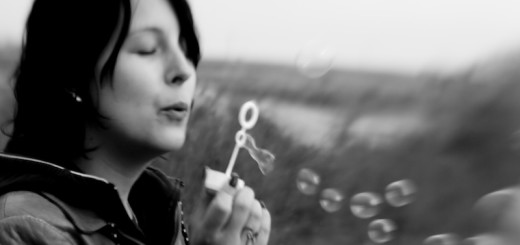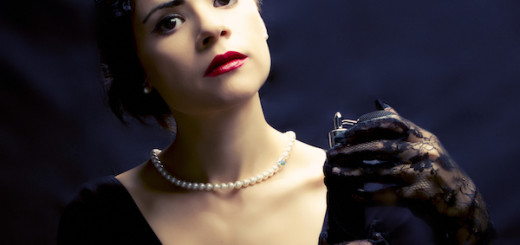How to fix distorted pixels and poor optical performance for stock photography
If you dipped your toe in the stock photography world you have probably seen these refusal reasons a few times. Let’s see what they mean and how you can avoid them
Distorted pixels and poor optical performance are closely related more times than not.
Take a closer look at your full sized photo. Is everything crisp and clear in it or are there areas that appear smudged or pixelated, the tree leaves don’t look like leaves but more like a mass of green cotton candy, grass doesn’t have individual blades but it’s rather a green mushy mess? Does your model’s hair have good definition, are hair strands visible or do they look filtered out?
Why does this happen? One of the main reasons is, your camera does not have a very good lens and/or sensor and it underperforms in poorer lighting conditions, such as dusk or indoors, or shadow areas. You can fix this by overexposing your images a little bit from the start, thus all the areas in your image should be clear and well defined. Sometimes this will not do the trick, the image will still appear of poor quality and there are occasions, like a sunset for example, where overexposing is not an option. The only solution is to either try to fix the affected areas in a post processing software or to downsize the image so that the distortions in it are no longer visible.
Another reason why distorted pixels appear is overfiltering of your photo. Using too much or too strong post processing and/or filters can lead to such a problem. Tone down the processing, look at the image full size when your are working on it, downsample if necessary.
Remember that you don’t need the best camera in the world to create a good image, you just need to look at it 100% and work with what you have to make it acceptable quality wise. It may look great in a thumbnail but you want it to look good printed out on canvas as well.
The image bellow is one of my best sold photos and was taken with a 5MPX Konica Minolta camera back in 2005. I have worked on it so that it has this ethereal feeling rather than a crisp clear look. It has gained popularity exactly because of this subtle filtering and color tone.
Till next time, happy shooting!



